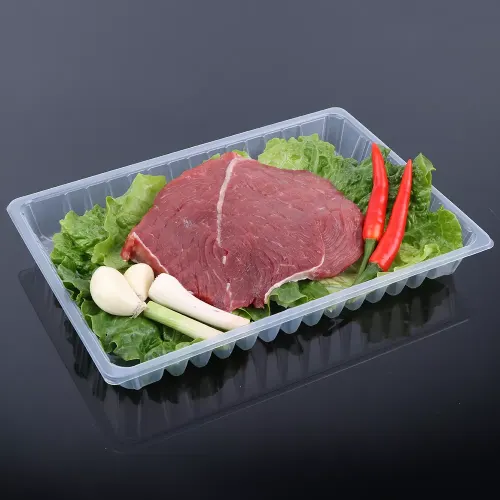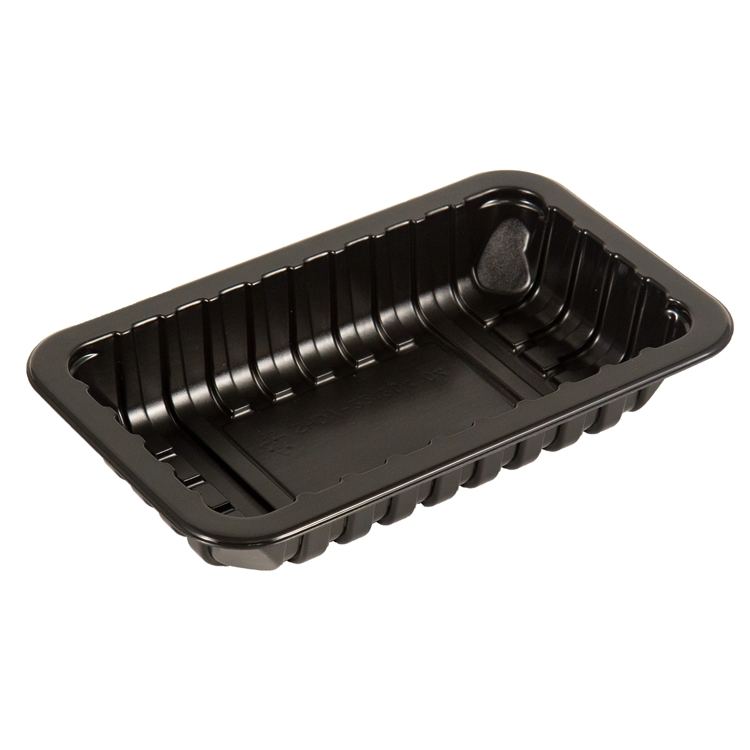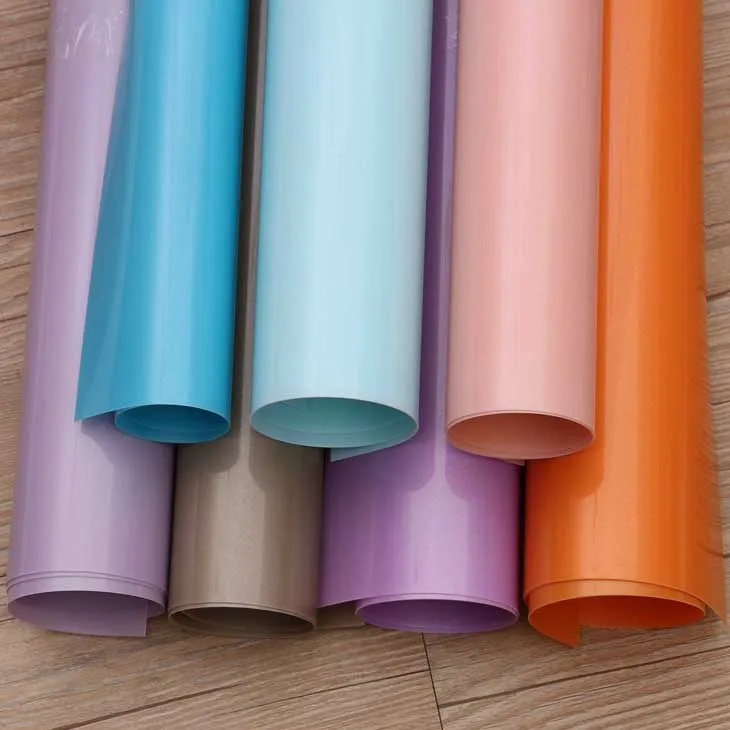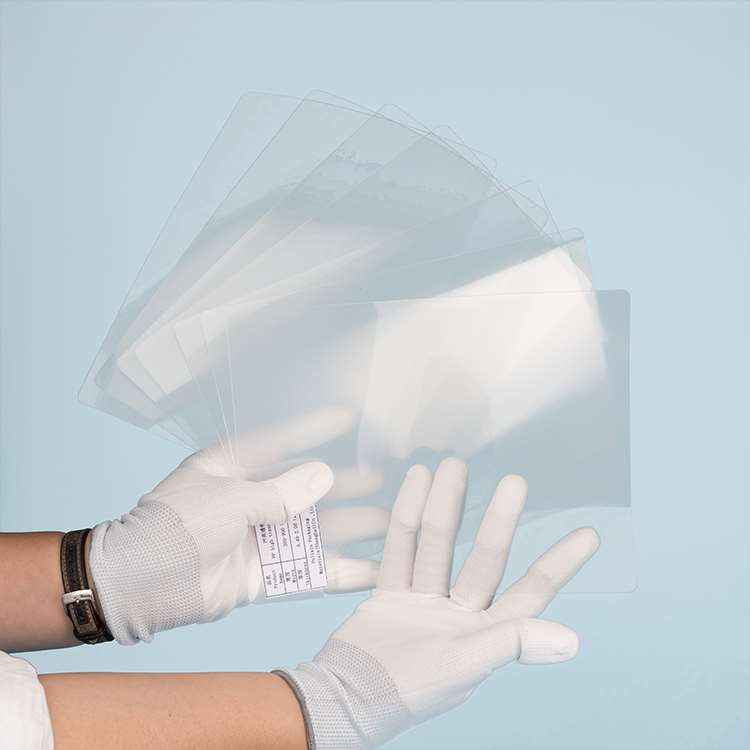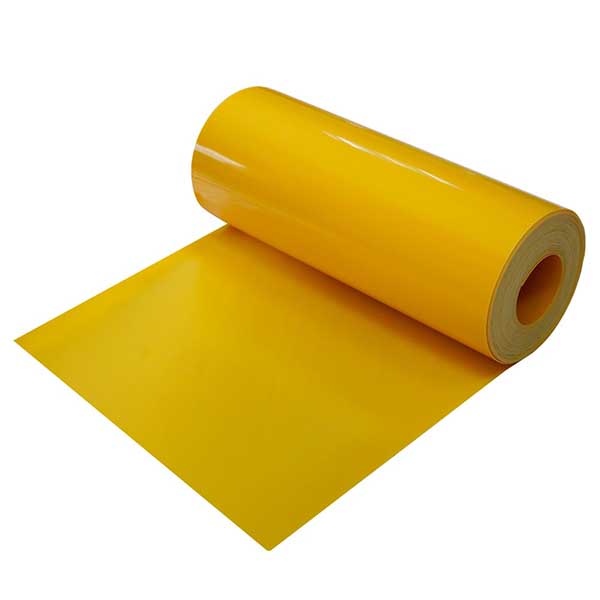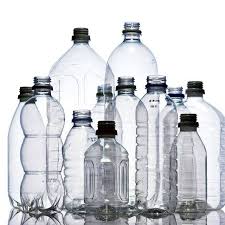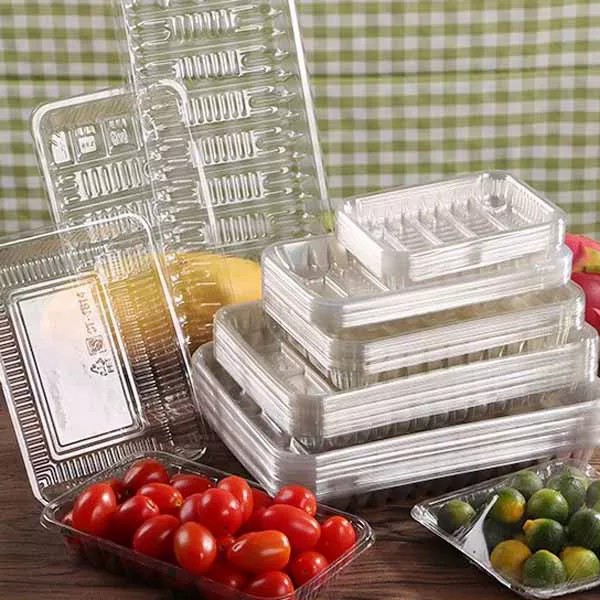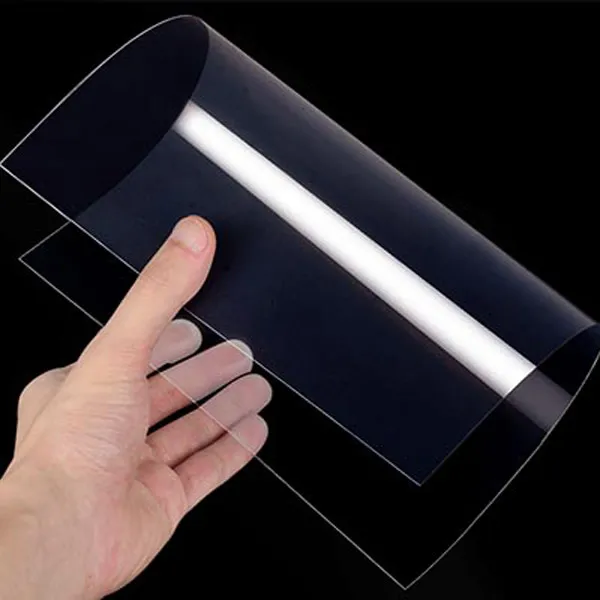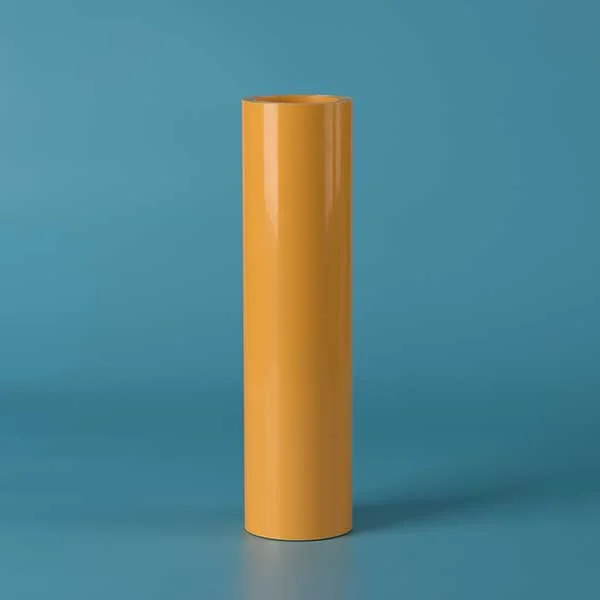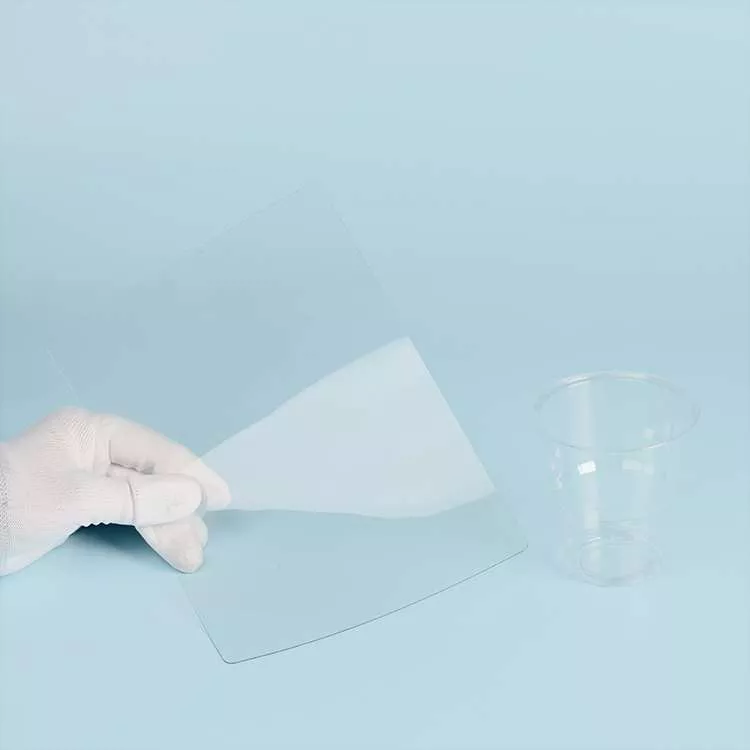Lámina de plástico común para bandeja de blíster fresco
Tanto las láminas de plástico PP como las de PE pueden utilizarse para el termoformado de blíster para fabricar bandejas para productos frescos. La bandeja de plástico para productos frescos es un recipiente para almacenar productos frescos, que puede envolverse con película de seguridad, lo que resulta fácil de usar y cómodo. Por lo general, las materias primas utilizadas en las bandejas para alimentos son láminas de plástico PP o PE [...]
Seguir leyendo¿Las fiambreras de PP se pueden meter en el microondas?
Hoy en día, estamos expuestos a cada vez más productos de plástico y fiambreras desechables, pero algunos productos están fabricados con material PP n.º 5, que puede calentarse en un horno microondas. Debido a que este material está hecho de polipropileno como materia prima, es más resistente a las altas temperaturas que otros materiales. Los envases desechables [...]
Seguir leyendoEl gran papel de los materiales de envasado de alta barrera en el envasado de productos cárnicos
Los materiales de envasado son un factor importante que influye en la calidad y la vida útil de los productos cárnicos, y pueden afectar a los canales de distribución del producto y al radio de ventas. En la actualidad, los materiales de envasado de alta barrera se utilizan ampliamente en el envasado de productos cárnicos, pero las características de los materiales de alta barrera comúnmente utilizados en el envasado de productos cárnicos y su impacto en la calidad de los productos cárnicos [...].
Seguir leyendoCaracterísticas del moldeo de láminas de blíster de PP
La hoja de PP está hecha de resina de polipropileno como materia prima principal, añadiendo varios masterbatches de color de proceso, agentes endurecedores y agentes abrillantadores, y se hace por mezcla, extrusión de plastificación, calandrado de tres rodillos, enfriamiento, tracción y bobinado. La lámina de PP tiene las características de ser atóxica, insípida, higiénica, de alta resistencia mecánica y buenas propiedades de barrera, y puede utilizarse [...].
Seguir leyendoPlancha de plástico compuesto termoplástico PP+PE
El plástico PE es inodoro y cinco venenoso, tiene tacto de cera, soporta bajas temperaturas, buena estabilidad química, baja absorción de agua, alta rigidez, dureza y resistencia, y gran resistencia a la radiación. Pero el plástico PE es muy sensible al estrés medioambiental (acción química y mecánica) y tiene poca resistencia al calor. El PP es uno de los [...]
Seguir leyendoÁmbito de aplicación de los envases de láminas de PP
Los productos de tecnología de láminas de PP se utilizan ampliamente en el embalaje, la caja de luz acrílica, la producción de pantallas de lámparas, los plásticos industriales, la carcasa de embalaje de láminas y los accesorios de plástico. Debido a que es ampliamente utilizado y reconocido por muchos consumidores, ¿cuál es el principio de funcionamiento de los productos de envasado de hoja de PP? A través del procesamiento de productos de hoja, tales como bandeja de hoja de alimentos con plástico, [...]
Seguir leyendoTermoformado por coextrusión de láminas compuestas de PP/EVOH de alta barrera
El material EVOH es un nuevo tipo de material de barrera con excelentes propiedades de barrera a los gases, transparencia, brillo, resistencia mecánica, elasticidad, resistencia a la abrasión, resistencia al frío y resistencia superficial. Al mismo tiempo, tiene la mayor estabilidad térmica entre las resinas barrera de alto rendimiento, lo que permite reutilizar los residuos de producción. En la industria alimentaria, se utiliza para [...]
Seguir leyendo¿Cuál es la diferencia entre PETG y PET?
El PETG es una materia prima modificada a partir del PET, que es más respetuosa con el medio ambiente que éste, tiene mejor plasticidad, menor grasa de fusión y mayor transparencia. Puede sustituir al acrílico y al vidrio en los cosméticos de gama alta. 1. Diferentes definicionesEl PETG es un copoliéster transparente no cristalino. El comonómero comúnmente utilizado para el PETG es el 1,4-ciclohexanodimetanol, cuyo nombre completo [...].
Seguir leyendoEnvasado en blíster de PVC VS Envasado en blíster de PET
La materia prima de los productos de blíster son únicamente las láminas de blíster, y el grosor de las láminas de blíster no suele ser superior a 1,5MM. Los productos de envasado en blíster utilizan principalmente diversos materiales de blíster, como láminas de PVC, láminas de PET, láminas de PP, láminas de PS, antiestático, flocado y así sucesivamente. Puede producir varias especificaciones de envases blíster electrónicos, [...]
Seguir leyendo¿Qué es la lámina de plástico PET?
La lámina de plástico PET es un nuevo tipo de producto plástico desarrollado en los últimos años. Se trata de un producto de plástico termoplástico envuelto en anillos, que es inodoro e insípido después de quemarse, y no produce gases tóxicos. La lámina de PET tiene una alta transparencia, no tiene ondulación de agua, no tiene punto de cristalización, no tiene direccionalidad, no tiene blancura, tiene una fuerte resistencia al aceite y resistencia química, [...].
Seguir leyendo¿Qué plástico se denomina HIPS?
Breve introducción del HIPS El poliestireno de alto impacto, también conocido como HIPS, es un material termoplástico fabricado a partir de poliestireno modificado con elastómeros. Se trata de un sistema bifásico formado por una fase de caucho y una fase continua de poliestireno que se ha convertido en una importante materia prima polimérica en el mundo. Este producto de uso general tiene una amplia gama de propiedades de impacto y de [...]
Seguir leyendo¿Cuál es la diferencia entre el plástico PET y el PBT?
Polyethylene terephthalate plastics, mainly including polyethylene terephthalate (PET) and polybutylene terephthalate (PBT) PET has a highly symmetrical molecular structure and a certain ability to crystallize, so it has high film-forming properties and properties. PET has good optical properties and weather resistance, and amorphous PET has good optical transparency. In addition, PET has excellent abrasion resistance, […]
Seguir leyendoPaginación de entradas
Noticias relativas
- Today’s delivery: 20 tons of PET plastic sh…
- Hoja de plástico PS blanco termoformado vaso de yogur te...
- Caso: Aplicación de la lámina de plástico PP termo...
- Caso de aplicación de la lámina de PET transparente: ...
- Feliz Navidad, cálidas bendiciones de PULIXIN
- Reunión de formación sobre producción de láminas de PP y PS li...
- Caso de aplicación de láminas de PP: opción ideal para ...
- ¿Cuál es la diferencia entre la lámina de plástico CPET...
- Aplicación de la lámina PS negra conductora en...
- Usos de las láminas de PET conductoras de 0,18-1,8 mm de grosor
